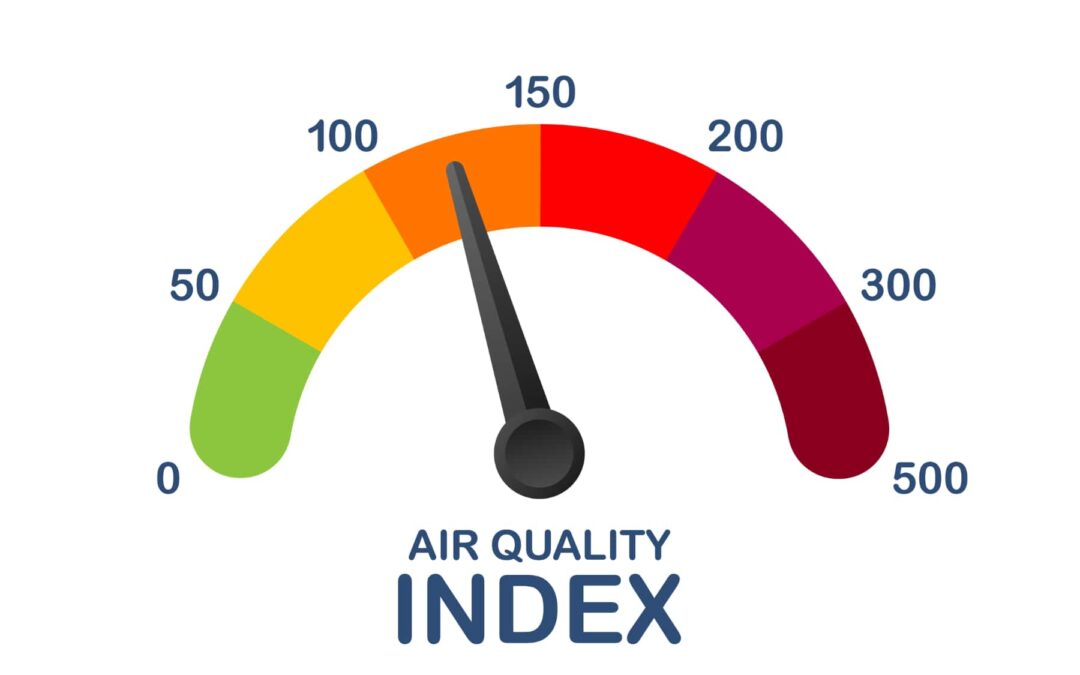The Air Quality Index (AQI) is a numerical scale used to communicate how polluted the air currently is or how polluted it is forecast to become. The AQI incorporates multiple air pollutants and provides a single value to represent overall air quality. The specific pollutants considered in the AQI can vary by country, but commonly included pollutants are:
- Ground-level ozone (O3)
- Particulate matter (PM10 and PM2.5)
- Carbon monoxide (CO)
- Sulfur dioxide (SO2)
- Nitrogen dioxide (NO2)
The AQI is calculated based on the concentration levels of these pollutants. Each pollutant is assigned an individual index value, and the highest of these values is used as the overall AQI for a specific location and time. The AQI is typically reported on a scale from 0 to 500, where higher values indicate poorer air quality.
The general steps for calculating the AQI are as follows:
- Measure pollutant concentrations: The concentrations of each relevant pollutant are measured at various monitoring stations.
- Determine sub-index values: Each pollutant’s concentration is converted into a sub-index value using a specific formula. These formulas are often nonlinear and are designed to reflect the known health effects of each pollutant.
- Choose the highest sub-index: The highest sub-index value among all pollutants is selected as the overall AQI for that location and time.
- Interpret the AQI: The AQI is divided into categories or color-coded ranges that correspond to different levels of health concern. These categories typically range from “Good” to “Hazardous,” providing a quick indication of the potential health risks associated with the current air quality.
It’s important to note that different countries may use different AQI systems with variations in the pollutants considered, concentration ranges, and health categories. The AQI is a useful tool for informing the public about air quality and helping individuals take appropriate actions to reduce exposure when air quality is poor.

